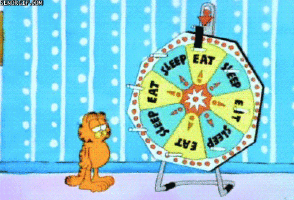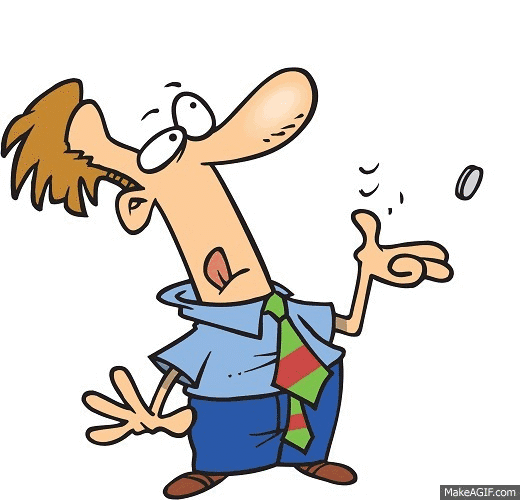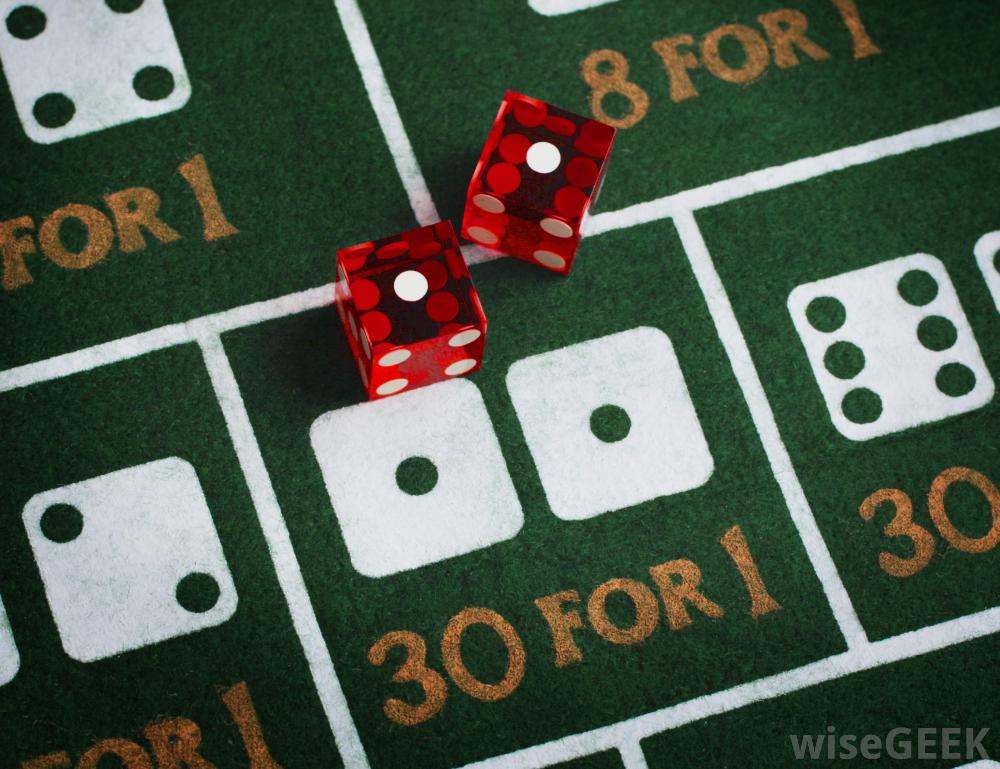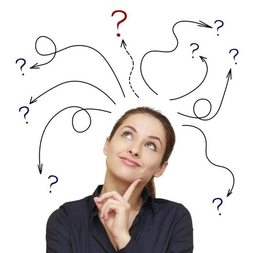1 PROBABILITY
|
|
Lesson 1.1: What's the chance: Theoretical Probability
When you toss a coin, the probability of landing heads is 50%. Why is it 50%? In this lesson, we will look at what probability is and delve into theoretical probability. |
|
Lesson 1.2: In a Perfect World: Experimental Probability
Will Garfield sleep or eat? What is the probability of him sleeping? In this lesson, we will compare the difference between theoretical and experimental probability. |
|
|
Lesson 1.3: Roll the Bones
If you roll the sum of 7 you will win. What do you think the probability of you winning? Do you think 7 has better chance than 6 or 8? In this lesson, we will practice experimental probability by rolling dice and explore which number has the highest chance of winning when 2 dice are rolled. |
|
Lesson 1.4: Heads, Heads, Heads
A sample is a small group of results taken from a larger group. A sample is easy to analyse. In this lesson, we will flip 3 coins at the same time to run an experiment and analyse the results. |
|
Lesson 1.5: Free Coffee
Roll up the rim is probably Canada's most popular annual contest. When you roll up the rim, you win several prizes. If there is one free coffee in every 6 cups, what is the probability of winning one? In this lesson, you will simulate this contest using technology or concrete materails. |
|
Lesson 1.6: What Are the Odds?
Roll up the rim is probably Canada's most popular annual contest. When you roll up the rim, you win several prizes. If there is one free coffee in every 6 cups, what is the probability of winning one? In this lesson, you will simulate this contest using technology or concrete materails. |
Examples of Real Life Probability
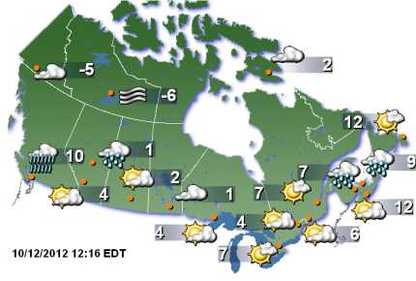
Planning Around the Weather
Nearly every day you use probability to plan around the weather. Meteorologists can't predict exactly what the weather will be, so they use tools and instruments to determine the likelihood that it will rain, snow or hail. For example, if there's a 60-percent chance of rain, then the weather conditions are such that 60 out of 100 days with similar conditions, it has rained. You may decide to wear closed-toed shoes rather than sandals or take an umbrella to work. Meteorologists also examine historical data bases to guesstimate high and low temperatures and probable weather patterns for that day or week.
Nearly every day you use probability to plan around the weather. Meteorologists can't predict exactly what the weather will be, so they use tools and instruments to determine the likelihood that it will rain, snow or hail. For example, if there's a 60-percent chance of rain, then the weather conditions are such that 60 out of 100 days with similar conditions, it has rained. You may decide to wear closed-toed shoes rather than sandals or take an umbrella to work. Meteorologists also examine historical data bases to guesstimate high and low temperatures and probable weather patterns for that day or week.
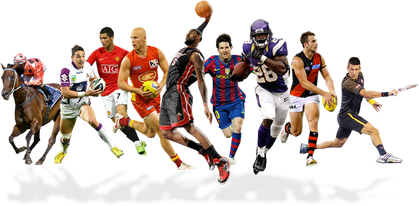
Sports Strategies
Athletes and coaches use probability to determine the best sports strategies for games and competitions. A high-school football kicker makes nine out of 15 field goal attempts from over 40 yards during the season, he has a 60 percent chance of scoring on his next field goal attempt from that distance. The equation is:
9 / 15 = 0.60 or 60 percent
Athletes and coaches use probability to determine the best sports strategies for games and competitions. A high-school football kicker makes nine out of 15 field goal attempts from over 40 yards during the season, he has a 60 percent chance of scoring on his next field goal attempt from that distance. The equation is:
9 / 15 = 0.60 or 60 percent
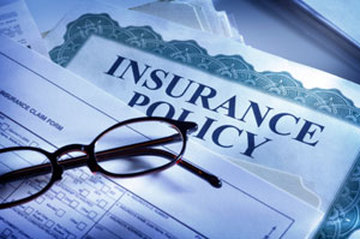
Insurance Options
Probability plays an important role in analyzing insurance policies to determine which plans are best for you or your family and what deductible amounts you need. For example, when choosing a car insurance policy, you use probability to determine how likely it is that you'll need to file a claim. For example, if 12 out of every 100 drivers -- or 12 percent of drivers -- in your community have hit a deer over the past year, you'll likely want to consider comprehensive -- not just liability -- insurance on your car. You might also consider a lower deductible if average car repairs after a deer-related incident run $2,800 and you don't have out-of-pocket funds to cover those expenses.
Probability plays an important role in analyzing insurance policies to determine which plans are best for you or your family and what deductible amounts you need. For example, when choosing a car insurance policy, you use probability to determine how likely it is that you'll need to file a claim. For example, if 12 out of every 100 drivers -- or 12 percent of drivers -- in your community have hit a deer over the past year, you'll likely want to consider comprehensive -- not just liability -- insurance on your car. You might also consider a lower deductible if average car repairs after a deer-related incident run $2,800 and you don't have out-of-pocket funds to cover those expenses.

Games and Recreational Activities
You use probability when you play board, card or video games that involve luck or chance. You must weigh the odds of getting the cards you need in poker or the secret weapons you need in a video game. The likelihood of getting those cards or tokens will determine how much risk you're willing to take. For example, the odds are 46.3-to-1 that you'll get three of a kind in your poker hand -- approximately a 2-percent chance -- according to Wolfram Math World. But, the odds are approximately 1.4-to-1 or about 42 percent that you'll get one pair. Probability helps you assess what's at stake and determine how you want to play the game.
Adapted from http://www.ehow.com/list_7719506_real-life-probability-examples.html
You use probability when you play board, card or video games that involve luck or chance. You must weigh the odds of getting the cards you need in poker or the secret weapons you need in a video game. The likelihood of getting those cards or tokens will determine how much risk you're willing to take. For example, the odds are 46.3-to-1 that you'll get three of a kind in your poker hand -- approximately a 2-percent chance -- according to Wolfram Math World. But, the odds are approximately 1.4-to-1 or about 42 percent that you'll get one pair. Probability helps you assess what's at stake and determine how you want to play the game.
Adapted from http://www.ehow.com/list_7719506_real-life-probability-examples.html
